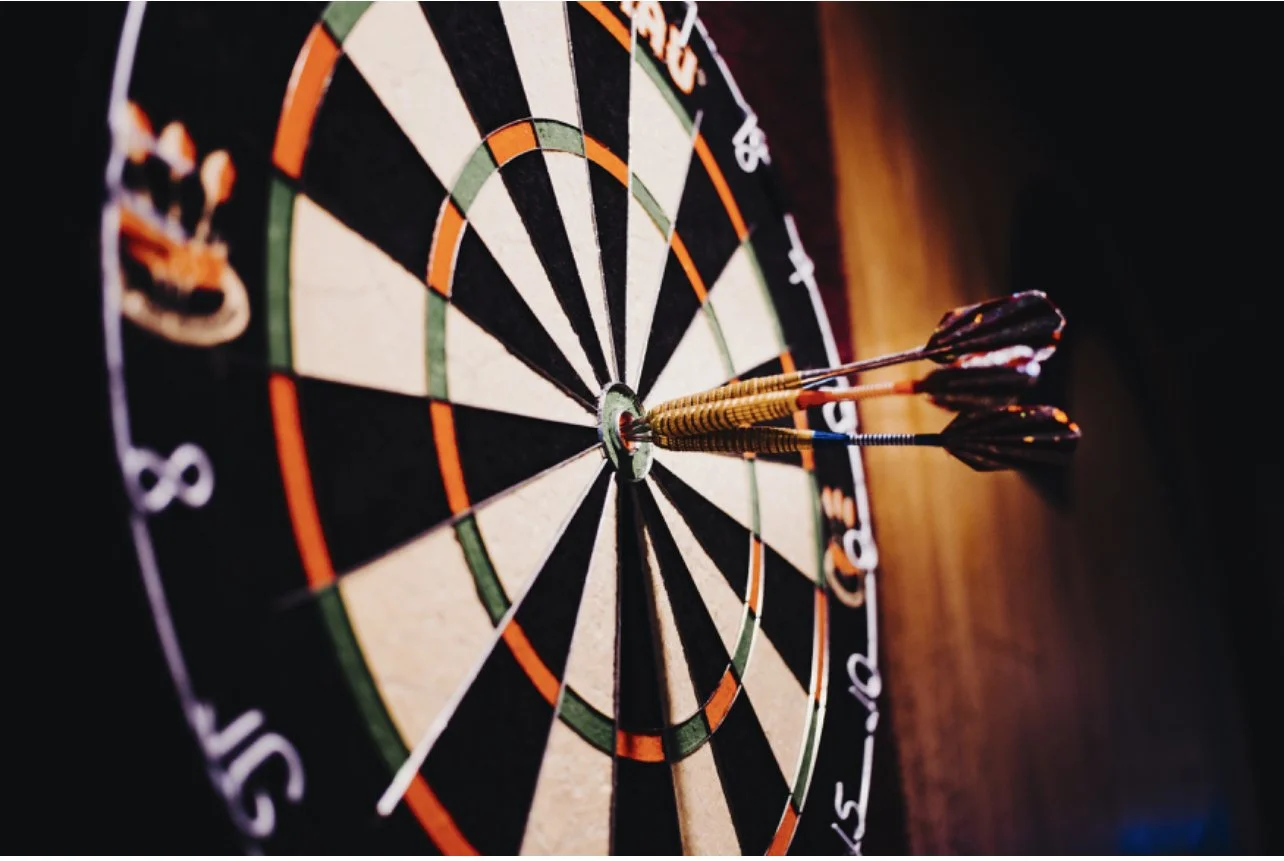Pain is very complex. Because of this there is no single solution for all pains. Pain, like a person, is a unique interwoven product of the body, mind, and spirit as well as your environment and community. When you truly start to look at chronic pain for what it is, I’m not sure how anyone can reasonably expect a medication or a surgery to unravel and repair the contributing roots of it. Ongoing research into effective pain management tools has narrowed in on key tools that are consistently shown to be helpful and effective - Education, Understanding, and Movement.
Read MoreIn the April newsletter we introduced the concept that the pain we perceive can have no relationship to tissue damage. Particularly if normal tissue healing time frames have occurred and you are now experiencing what is considered to be chronic pain. The best way to begin to understand how this can be possible is to explore the history of pain theories. While some of you might find a historical recap unexciting it is important to learn more about our evolving understanding of pain.
Read MoreNo one plans to get hurt when they wake up in the morning. It just happens. Sometimes we have an amazing story to tell of how it happened and sometimes it can be as simple as stepping off the curb to cross the street. In either case, this injury and the resulting pain starts with an experience.
Read MoreAs we acknowledge ourselves to have a past, present, and future, so too should we acknowledge that pain has one as well. If we take the time to get to know it, where it was born, how it has grown, why it exists, we will begin to form a sense of understanding and from that platform compassion and empathy.
Read MoreBy definition a labyrinth is “a complicated irregular network of passages or paths in which it is difficult to find one's way; a maze.” (Oxford) I often use this analogy with my patients during their initial evaluation. They are already in their own labyrinth. At SHW we consider it our job to go in and find them, to recalibrate, and to then figure out how to get them back out. Some of it is simply reversing direction and some of it is finding new pathways.
Read MoreFlow. The word in itself is defined as “the action or fact of moving along in a steady, continuous stream”. In a group Pilates class we encourage a continuous flow of exercises with mindful and integrated transitions. However, we also integrate breath, concentration, centering, control, and precision into each movement. We do this to promote a “state of flow”, otherwise known as being “in the zone”.
Read MoreJoseph Pilates developed his repertoire on the mat and apparatus to be performed with precision. Joseph believed this emphasis on perfect technique and movement helped his students to break down existing bad habits and learn how to move correctly.
Read MoreMotor control and movement quality can be permanently altered by injury, pain, repetitive stress, and life changes. When we experience pain, even low levels of it, we will adapt how we move to avoid it. Sometimes the changes are consciously made but more commonly they are subconscious. While a change in movement may be necessary in the early protective phases of an injury or after surgery, if maintained, this altered movement can contribute to poor recovery, continued disability, chronic pain, and decreased quality of life.
Read MoreIf we look at breath as the doorway that creates an access point, and concentration (AKA the mind) as the conscious being going through that doorway, then centering, the third principle, can easily represent the “home”. The point from which all else emanates from. Putting these first three principles together is like putting a quarter into a coin-operated shower and witnessing the strong flow of energy and power that erupts.
Read MoreWhile we might consider meditation as a way to practice concentration, it often goes unrecognized that there are certain exercise regimens that can also give us the same result. In explaining the third guiding principle of concentration, Joseph Pilates liked to quote Friedrich Schiller: “It is the mind itself which builds the body."
Read MoreIn the year 1946, Joseph Pilates published his book, Return to Life Through Contrology, where he identified correct breathing as one of the foundations of his work. Joseph states, “It may seem silly to say at first, but many millions of people never learn how to breathe properly. Unfortunately this is absolutely true and tragically deplorable to contemplate. Breathing is the first act of life as well as the last. One often wonders how so many manage to live as long as they do under this tremendous handicap to longevity."
Read MoreIt’s important to know that what makes Pilates so unique and different goes far beyond just strengthening, stretching, and flexibility. Pilates is a multi-dimensional approach that influences and heals the cognitive, physical, and spiritual/energetic body. Improvement in all of these areas is why clients find that Pilates not only makes them feel stronger and more flexible, but also allows them to alleviate chronic pain, improve energy levels, enhance concentration and focus, reduce stress, and renew their quality of living.
Read MoreThere has been a new trend that I am seeing in the SHW studio that has had me jumping up and down, clapping my hands, and woo-hooing with joy.
Read MoreMovement starts to "stir the pot". Clients often try to downplay the memories that resurface and the stories that they share as unimportant to their current state of being. We call these "body confessions" and they often emerge as we start to give the body more of a voice. We continually explain that it is all important because everything in us is connected.
Read MoreWhat happens when we come home tired from a long day of work only to find out that our water pump broke and we don't have water. No showers, no toilet flushing, no dishwasher. In the world of studying habits this exact occurrence would be considered a "prompt" and this prompt is going to stimulate the brain to form a response.
Read MoreIn a health and wellness studio, a place where clients come for physical therapy and pilates classes we have found so much more. We have tapped into the power of partnership. It is a true partnership that is focused on creating a unique, one of a kind environment that promotes healing at all levels. This requires the ability to be strong but also the ability to be vulnerable. The ability to support but also to be open and to receive.
Read MoreIn the 18 years of working with my clients I have come to fully appreciate that no one can be healed one-dimensionally. We should not be defined by an injury and we should not be placed into statistical categories of healing by insurance companies.
Read More
















